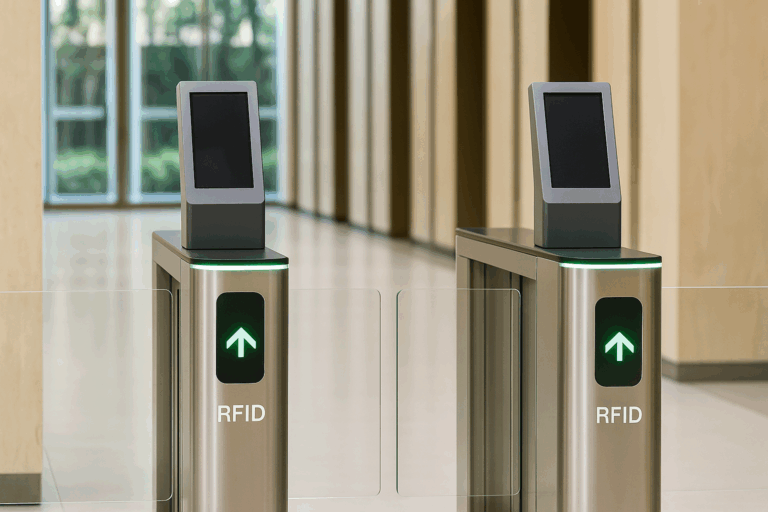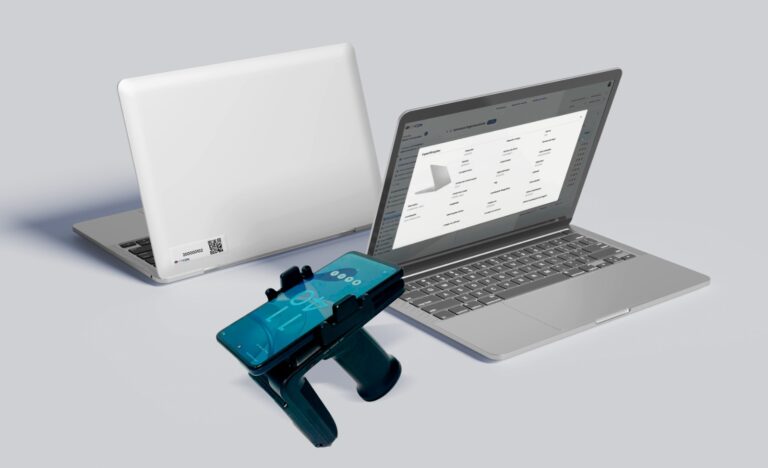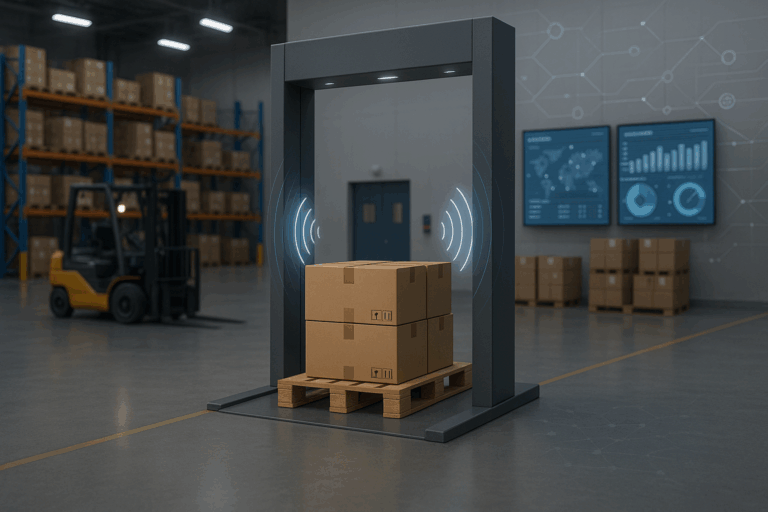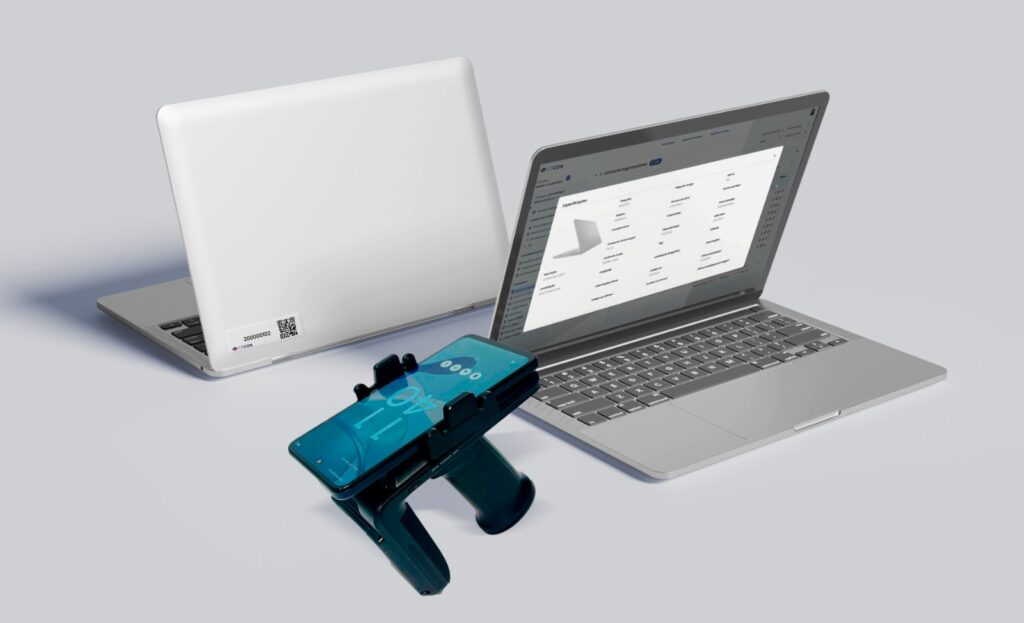Depreciation of fixed assets is a fundamental concept in accounting that ensures financial statements reflect the true economic value of long-term investments. It refers to the systematic allocation of an asset’s cost over its useful life, allowing businesses to match expenses with revenue generation accurately.
This process exists to address the inevitable decline in value that fixed assets experience due to usage, wear, or obsolescence. Inaccurate or inconsistent depreciation of fixed assets can lead to misleading financial reports, poor decision-making, and tax compliance risks. For CFOs, controllers, and finance professionals, mastering depreciation practices is not just an accounting requirement—it’s a strategic tool that supports transparency, regulatory compliance, and capital planning. In this article, we explore the methods, durations, and tax implications of depreciating fixed assets, aligning the topic with CPCON’s broader mission of enabling financial precision through asset control and lifecycle optimization.
Table of Contents
ToggleHow to Depreciate a Fixed Asset?
To depreciate a fixed asset, businesses must first determine its cost basis, useful life, salvage value, and the most appropriate depreciation method. The cost basis includes the purchase price and any additional expenses necessary to make the asset operational, such as installation and transportation.
Once the initial value is defined, the asset is depreciated over time using one of several accepted methods. The most common are straight-line, declining balance, sum-of-the-years-digits, and units of production. Each method spreads the depreciation expense differently and serves distinct strategic purposes depending on how the asset is used in operations.
Key steps to execute depreciation accurately:
- Determine depreciable cost: Subtract the estimated salvage value from the asset’s total cost.
- Select a depreciation method: Choose based on the asset’s usage pattern and financial goals.
- Apply the chosen formula: Calculate annual depreciation using the method selected.
- Record depreciation: Post depreciation expenses periodically to the general ledger.
- Monitor and adjust: Review assumptions annually for potential changes in asset condition or useful life.
Proper depreciation not only supports regulatory compliance but also influences decisions related to asset replacement, budget forecasting, and tax planning.

What Is the Depreciation Rate for Fixed Assets?
The depreciation rate for fixed assets refers to the percentage of an asset’s value that is expensed each year over its useful life. This rate depends on the chosen depreciation method and the asset’s expected lifespan and residual value.
For the straight-line method, the depreciation rate is calculated by dividing 1 by the number of useful years and multiplying by 100. For example, an asset with a 10-year life has a straight-line depreciation rate of 10% per year.
Different methods yield different rates:
- Straight-line: Equal annual rate (e.g., 20% for a 5-year asset).
- Double declining balance: Twice the straight-line rate, applied to the book value at the start of each year.
- Sum-of-the-years-digits: Weighted rate that accelerates depreciation in early years.
- Units of production: Rate based on output or usage (e.g., $0.10 per unit produced).
The depreciation rate should reflect how the asset generates economic benefit. Choosing the wrong rate or method may distort profitability, mislead stakeholders, or trigger audit issues. That’s why financial accuracy requires not only precise calculations but also sound judgment and clear documentation.
How Many Years Do You Depreciate Fixed Assets?
The number of years over which a fixed asset is depreciated—its useful life—depends on the asset type, industry practices, expected usage, and legal or tax requirements. This estimate reflects how long the asset is expected to provide economic benefit to the company.
Useful lives typically follow general guidelines but can vary significantly. For example:
- Office furniture: 5 to 10 years
- Computer equipment: 3 to 5 years
- Vehicles: 5 years
- Machinery: 7 to 15 years
- Buildings: 30 to 40 years
While financial reporting relies on management’s best estimate of useful life, tax depreciation often follows statutory schedules, such as the MACRS system in the U.S. These schedules may differ from book depreciation and require reconciliation.
It’s critical to review useful life assumptions regularly. Changes in usage patterns, technological obsolescence, or maintenance records may justify revising the depreciation schedule prospectively. This ensures alignment with both accounting principles and operational realities.

Is Equipment 5 or 7 Year Depreciation?
Equipment depreciation commonly falls within 5 or 7 years, but the correct period depends on the nature of the equipment, its expected usage, and the applicable accounting or tax framework. In U.S. tax reporting under MACRS, most general-purpose equipment is depreciated over 5 years, while certain specialized machinery may be classified under 7-year property.
For financial reporting, companies may assign useful lives based on:
- Usage intensity: High-use assets tend to have shorter lives.
- Technological risk: Equipment prone to rapid obsolescence may require shorter periods.
- Industry norms: Aligning with peer companies ensures comparability.
- Maintenance programs: Well-maintained assets might justify a longer life.
Example distinctions:
- Computers and peripherals: 3 to 5 years
- Manufacturing equipment: 5 to 10 years
- Heavy industrial machines: Often 7 years or more
Choosing between 5 or 7 years impacts depreciation expense and taxable income. While shorter lives accelerate deductions and reflect faster wear, longer lives align with sustained usage. Accurate classification, documented rationale, and periodic reassessment are key to defensible depreciation practices.

How CPCON Supports Accurate Depreciation and Asset Control
CPCON delivers strategic support for companies seeking precision in fixed asset depreciation through:
- Advanced inventory and asset reconciliation services, ensuring no asset is left untracked or misclassified.
- Implementation of RFID and digital tagging systems, improving traceability and enabling real-time asset status updates.
- Lifecycle assessment and depreciation advisory, helping clients align depreciation schedules with actual asset usage and strategic goals.
- Audit-ready documentation and compliance support, minimizing financial risks and reinforcing transparency across operations.
- Integrated software platforms, bridging fixed asset data with ERP and accounting systems to automate depreciation with accuracy.
With CPCON, your organization transforms depreciation from a static calculation into a dynamic driver of financial control and competitive advantage.
Conclusion
Depreciation of fixed assets is more than a regulatory obligation—it’s a powerful tool for financial insight and operational planning. By selecting the right method, estimating useful lives accurately, and ensuring consistency across asset classes, organizations safeguard the integrity of their financial reports and tax filings.
Understanding whether an asset should be depreciated over 5 or 7 years, or using straight-line or accelerated methods, can materially impact business decisions, cash flow, and investor confidence. Regular review, alignment with industry standards, and integration with asset management systems ensure depreciation reflects reality—not just theory.
Ready to bring precision and strategy to the depreciation of fixed assets?
Contact CPCON today and turn accounting compliance into a competitive edge.
FAQ
What is depreciation of fixed assets?
It is the systematic allocation of a fixed asset’s cost over its useful life. This reflects the asset’s wear, usage, and loss of value in financial statements.
Why is depreciation of fixed assets important for financial reporting?
It ensures accurate profit measurement, matches expenses to revenue, and provides a realistic valuation of long-term assets on the balance sheet.
What are the most common methods for depreciating fixed assets?
Straight-line, double declining balance, sum-of-the-years-digits, and units of production are widely used. The choice depends on the asset’s nature and usage.
How do I determine the useful life of a fixed asset?
Useful life is based on expected usage, industry standards, historical data, and technological obsolescence. It should be reassessed periodically.
Can I change the depreciation method of a fixed asset?
Yes, but changes require strong justification, must be applied prospectively, and should be disclosed in the financial statements if material.
How does tax depreciation differ from book depreciation?
Tax depreciation follows statutory rules (e.g., MACRS in the U.S.) for deductions, while book depreciation reflects economic use and supports financial reporting.
How can CPCON help with the depreciation of fixed assets?
CPCON offers inventory reconciliation, lifecycle advisory, automated systems, and compliance support to ensure accurate and strategic fixed asset depreciation.























